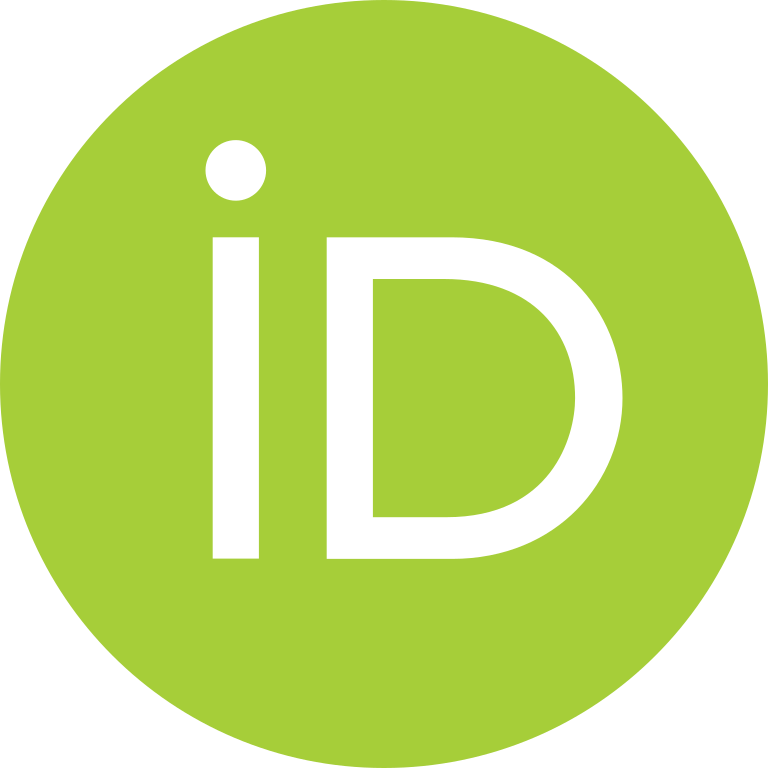Open access has changed the way research is collected and disseminated. With so many scholars posting and publishing their work, it can be difficult for the algorithms (and interested human beings) to keep track of what work is yours. This is especially tricky when multiple scholars have the same name (Harry Potter or John Smith aren’t the only people experiencing attribution issues).
There are so many platform options with which to attribute your work it can get confusing (not to mention daunting and tedious) to figure out how to manage your digital scholarly identity and then continuing to manage your growing collection of scholarly output. While options are good, it is also important to use what will work best for your particular situation. There are benefits to taking the time to make your work openly accessible in multiple places and creating a researcher profile – increased access and impact, as well as permanent storage are just a few.
Let’s take a closer look at a couple of these platforms and services:
ORCiD
 Open Researcher and Contributor ID or ORCiD has a mission where all who participate in research, scholarship, and innovation are uniquely identified and connected to their contributions across disciplines, borders and time. By registering, you are provided with a persistent digital identifier that you own and control, and that distinguishes you from every other researcher. You can connect your iD with your professional information – affiliations, grants, publications, peer review, and more. You can use the iD to share information with other systems, ensuring you get recognition for all your contributions, saving you time and hassle, and reducing the risk of errors.
Open Researcher and Contributor ID or ORCiD has a mission where all who participate in research, scholarship, and innovation are uniquely identified and connected to their contributions across disciplines, borders and time. By registering, you are provided with a persistent digital identifier that you own and control, and that distinguishes you from every other researcher. You can connect your iD with your professional information – affiliations, grants, publications, peer review, and more. You can use the iD to share information with other systems, ensuring you get recognition for all your contributions, saving you time and hassle, and reducing the risk of errors.
It is free (and easy) to obtain a unique ORCID identifier. You can do so here: https://orcid.org/register. Fill out the form and you’ll automatically be assigned your unique number. Use your iD, when prompted, in systems and platforms from grant application to manuscript submissions and beyond, to ensure you get credit for your contributions.
W&M Selected Works Profile
 SelectedWorks Author Gallery is connected to William & Mary ScholarWorks which is the university’s institutional repository (IR). Our IR is a place where you can deposit your research and scholarship in a stable and open access environment. SelectedWorks is a collection of your works organized by name. These profiles are customizable and include an about section where you can introduce your work. Additionally, your works are included in full-text, or linked to the publisher, or limited to on-campus only access, and include impact metrics. To set up your profile please contact scholarworks@wm.edu.
SelectedWorks Author Gallery is connected to William & Mary ScholarWorks which is the university’s institutional repository (IR). Our IR is a place where you can deposit your research and scholarship in a stable and open access environment. SelectedWorks is a collection of your works organized by name. These profiles are customizable and include an about section where you can introduce your work. Additionally, your works are included in full-text, or linked to the publisher, or limited to on-campus only access, and include impact metrics. To set up your profile please contact scholarworks@wm.edu.
Google Scholar Profiles
 The Google Scholar Profiles is a similar service to SelectedWorks in that you are responsible for creating a profile and selecting your articles from a list provided by Google. Google then tracks article citations over time and provides a few metrics. You are able to group related articles. Citation metrics are computed and updated automatically. The Google Scholar indexing system tries to include all publicly accessible versions that follow their inclusion guidelines. Google Scholar will automatically crawl W&M’s ScholarWorks and links via PDF shortcut to the full-text. The works found through Google Scholar are not preserved by Google; the works are always hosted on different servers but can be found by Google.
The Google Scholar Profiles is a similar service to SelectedWorks in that you are responsible for creating a profile and selecting your articles from a list provided by Google. Google then tracks article citations over time and provides a few metrics. You are able to group related articles. Citation metrics are computed and updated automatically. The Google Scholar indexing system tries to include all publicly accessible versions that follow their inclusion guidelines. Google Scholar will automatically crawl W&M’s ScholarWorks and links via PDF shortcut to the full-text. The works found through Google Scholar are not preserved by Google; the works are always hosted on different servers but can be found by Google.